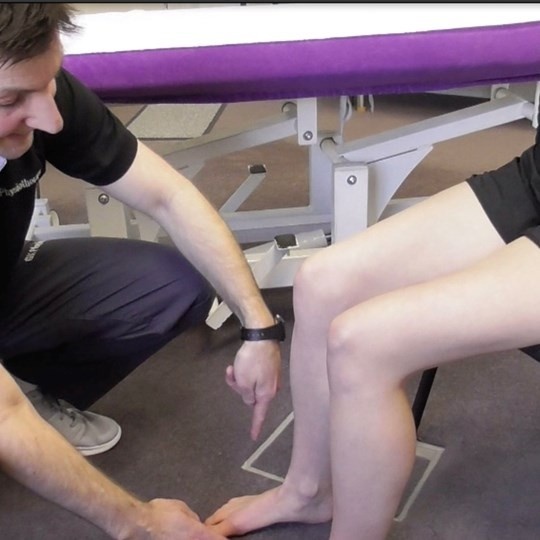Treatments
GK Physiotherapy uses a unique combination of Exercise-based Physiotherapy, Manipulative techniques, and cutting-edge technologies in practice to help you stay active, fit & injury free
Book A ConsultationCutting Edge Treatments

Nesa X Signal
Utilising state-of-the-art microcurrent therapy, NESA® X Signal devices deliver precise electrical impulses that mimic the body’s natural bioelectrical activities. This not only aids in reducing pain and inflammation but also enhances cellular function and promotes tissue repair, which is critical for chronic conditions linked to the autonomic nervous system. NESA® X Signal offers a passive, scientifically proven therapy to help improve sleeping, overactive bladder, stress & anxiety, muscle fatigue, relief of chronic pain, enhancement of overall recovery and improvement of sport performances.

Physiotherapy
This is a science and evidence-based practice, which treats injury and disease by external physical methods of reducing pain and restoring normal body movement and function. Treatment includes lots of different types of prescribed therapeutic exercises and movement techniques, which would be based on clinically testing every condition accurately.

Shockwave Therapy (Focused/Radial)
Shockwave Therapy at GK Physiotherapy offers a fast, evidence-based alternative to surgery for a range of painful and debilitating conditions. Using the latest Radial and Focused Extracorporeal Shockwave Therapy technology this non-invasive treatment delivers controlled sonic pulses to promote healing and break down calcific deposits. It is effective in treating conditions such as Plantar Fasciitis, Achilles Tendinopathy, Calcific Shoulder Tendons, Tennis Elbow, and more

Manipulative Physiotherapy
Involves advanced clinical examination and hands-on treatment to restore function, relieve pain, and prevent further deterioration. Also known as manual or neuromusculoskeletal physiotherapy, it targets the spine and peripheral joints using precise joint and soft tissue manipulation techniques. This approach is particularly effective for acute low back, mid-back, and neck pain, as well as a wide range of sports injuries and musculoskeletal conditions.

Exercise
At GK Physiotherapy exercise will be prescribed and used based on comprehensive and accurate examination of the direct and underlying causes of pain and other symptoms. Every exercise will have a reason and it's mechanism will be tested and explained in detail.












